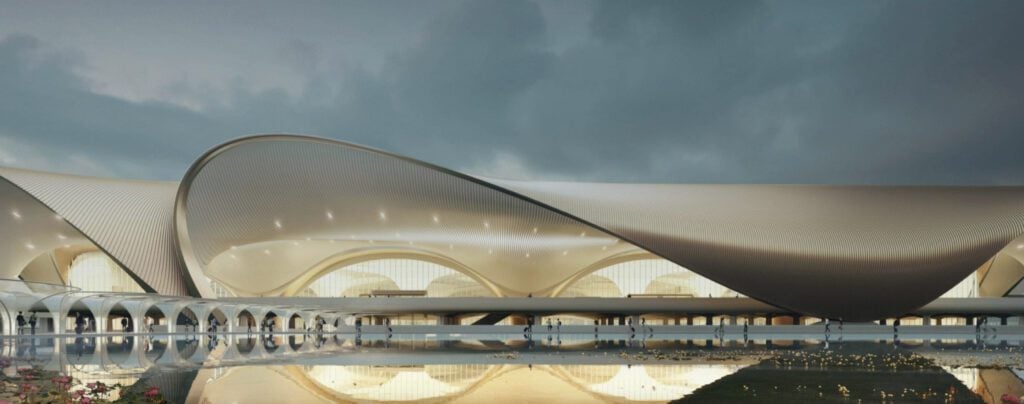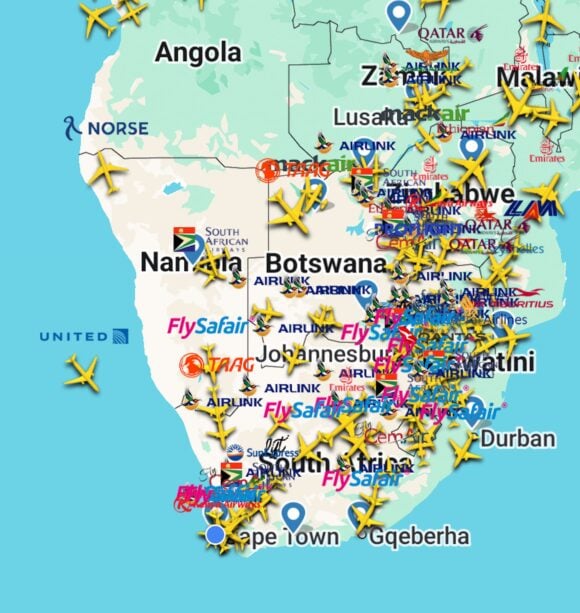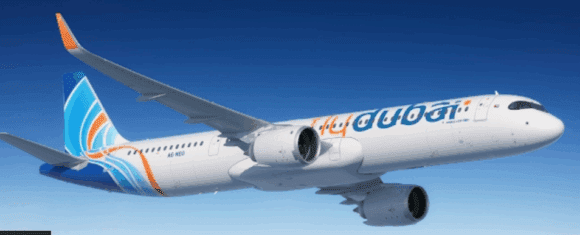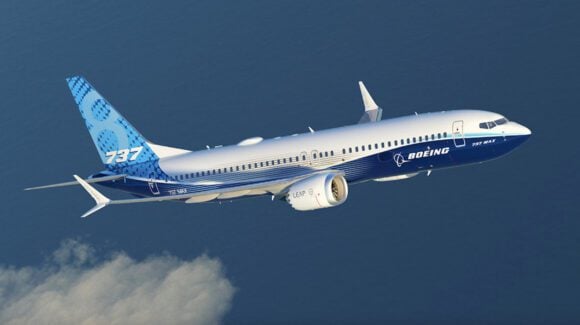
As 2025 draws to a close, it’s not India’s airlines but its airports—sleek, sprawling, brand-new ones—that are grabbing global attention. This week, Navi Mumbai International Airport announced it will open for commercial flights on December 25, a headline-grabbing Christmas Day launch. Meanwhile, Noida International Airport revealed that it is in the final stages of completion and expects to confirm its opening date within weeks.
Mumbai—India’s business capital and often compared to New York—has operated with a severely landlocked airport for more than a decade. Delhi, which still absorbed growing traffic due to larger land availability, has itself become notoriously slot-constrained.
With two large new airports opening on the outskirts of these metros, both airlines and regional economies are set to see meaningful relief.
Akasa Air, India’s youngest major airline and the only one headquartered in Mumbai, was the first to announce operations on November 15 from Navi Mumbai beginning Christmas Day. A day earlier, it quietly opened bookings and circulated schedules to travel agents, featuring connections to Delhi, Goa, Kochi, and Ahmedabad.
“The commencement of operations from Navi Mumbai International Airport represents a landmark moment for Akasa Air and a defining step in India’s aviation evolution,” said Praveen Iyer, Co-Founder and CCO of Akasa Air.
IndiGo—India’s largest airline—swiftly followed with its own announcement on November 15, saying it will connect as many as ten cities, including Delhi, Bengaluru, Hyderabad, Ahmedabad, Lucknow, North Goa, Jaipur, Nagpur, Kochi, and Mangalore, with Navi Mumbai.
IndiGo will also operate the inaugural flight: one arrival from Bengaluru followed by a departure to Hyderabad, officially marking the airport open.
As is usually the case, the airport will start with a limited 23 daily departures, rising to 34 by February 2026 across 16 cities. It will initially operate 12 hours per day (8 a.m.–8 p.m.) before moving to 24/7 operations in February.
Noida International Airport—despite delays—is also nearing readiness.
“We are now largely in the regulatory approval phase rather than construction,” said Vinayak Pai, CEO & MD of Tata Projects, the infrastructure firm building the airport. “Our work is ready for the Prime Minister (Narendra Modi) to inaugurate.”
The scramble for slots and parking bays shows the pressure airlines are now under, especially with nearly 1,800 new aircraft on order that will soon need space. Delhi and Mumbai continue to dominate India’s air traffic—and capture the bulk of premium, high-yield business-class demand.
India’s domestic passenger numbers have climbed back to 500,000 flyers per day this month as the holiday travel season begins. GMR Airports—operator of Delhi Airport and several others—has also seen its stock surge to levels last touched nearly twenty years ago. Its market cap now stands at about $12 billion, still roughly half of IndiGo’s $25 billion valuation.
This comes even as a report said that the operator of Mumbai and Navi Mumbai airports, Adani Airports, is also preparing for an IPO between 2027 and 2031.
Together, Navi Mumbai and Noida airports promise to unlock economic growth for two of India’s biggest metro regions, ease slot and parking constraints for airlines, support the deployment of hundreds of new aircraft, and potentially boost airport operator valuations.
India’s aviation sector has waited more than a decade for this moment. Now, the runway is finally opening.
Views: 11



